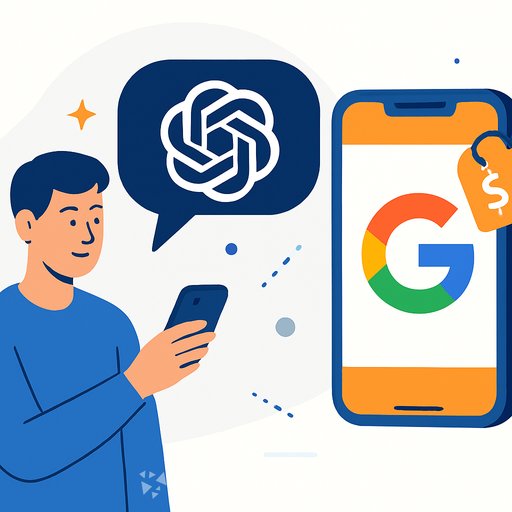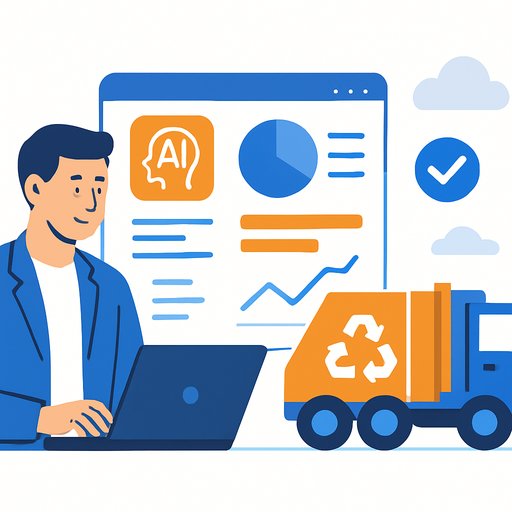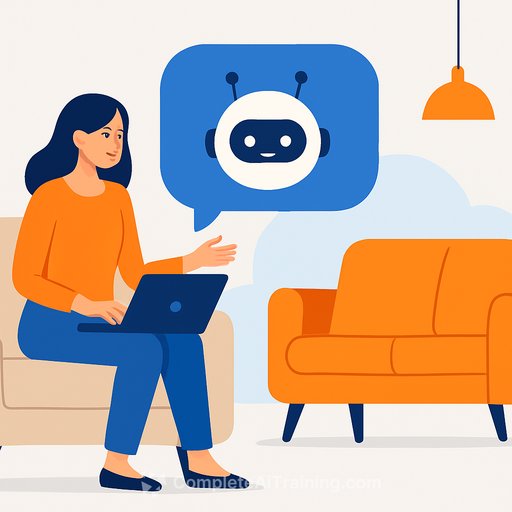AI assistants spark product interest, but Google still closes the sale
AI assistants like ChatGPT are sending shoppers to retailers, but at a small scale. Across 973 online stores representing $20B in revenue, ChatGPT accounted for about 0.2% of all sessions - roughly 200x smaller than organic Google Search.
Traffic from other large models (Gemini, Perplexity, Copilot) was negligible. Useful for discovery? Yes. Primary sales driver? Not yet.
What the data says
- Volume: ChatGPT ~0.2% of sessions; organic search remains the dominant traffic source.
- Conversion: Organic search and affiliate convert higher than ChatGPT referrals. Paid social converts worse.
- Revenue per session: Organic and paid search lead; ChatGPT beats paid social but trails search.
- Average order value: AOV from ChatGPT referrals declined as adoption grew.
- Bounce and depth: Bounce rates lower than most channels (except search), but session depth is thinner - people view a product, make a quick call, and exit.
- Attribution shift: Many users verify via Google before purchasing, pushing last-click credit to search even when ChatGPT sparked the initial intent.
- Trend: ChatGPT's conversion rate and revenue per session improved over 12 months, but forecasts still show a sizable gap vs. organic search next year.
The simple model for sales leaders
Think of ChatGPT as an "influencer channel." It nudges interest, surfaces options, and introduces products. Search remains the "checkout channel." It captures intent once the buyer wants trust, specs, and confirmation.
Plan budgets and attribution with that split in mind.
What to do now
- Treat LLM traffic as upper/mid-funnel. Build remarketing paths that pull these visitors back with stronger offers, reviews, and social proof.
- Protect brand demand on search. Cover brand keywords with paid search, ensure sitelinks and structured snippets, and coordinate with affiliates to avoid cannibalization.
- Fix attribution blind spots. Use consistent UTM taxonomy and review Assisted Conversions in GA4. Compare last-click vs. data-driven models monthly.
- Tighten product pages for fast decisions: clear price, shipping/returns, inventory, review snippets, and trust signals above the fold. Add comparison blocks and FAQs to reduce the "Google verification" step.
- Speed up checkout. Offer express pay, guest checkout, and transparent fees. The faster the path, the fewer people bounce to search.
- Optimize feeds and structure data. Clean titles, attributes, and schema help both search and AI systems summarize your products accurately.
- Build "best for X" content that maps to how assistants recommend. Short, benefit-first copy beats long spec sheets for first contact.
- Lean on affiliates and creators for lower-funnel traffic. They outperformed ChatGPT on conversion in the study.
- Reallocate a slice of paid social budget to capture brand/search intent and remarketing - ChatGPT already beats paid social on revenue per session in many cases.
- Watch AOV drift. If LLM-driven sessions trend to lower AOV, test bundles, tiered discounts, or minimum-free-shipping thresholds.
Metrics to track monthly
- Share of sessions by channel: LLMs, organic search, paid search, affiliate, paid social
- Conversion rate and revenue per session by channel
- Average order value by channel (flag declines from LLM traffic)
- Bounce rate and session depth (are your PDPs doing the job fast?)
- Assisted conversions where LLM is the first touch and search is last click
- Brand search CTR and CPC (protect the demand AI creates)
- Remarketing ROAS to LLM-referred audiences
What's next
Platform-level buying inside AI assistants could move more sales upstream. If checkout comes to the assistant, attribution and spending will shift fast. For now, the dataset shows early traction, rising performance, but limited scale.
Practical move: keep feeding the top with AI assistant visibility, then win the last mile with search, remarketing, and bulletproof product pages.
Benchmarks align with other studies
- SALT.agency reports organic search sessions generally show stronger engagement or goal-completions in most sectors, with some exceptions like health and careers. Source
- Amsive found LLM traffic under 1% of total sessions and no statistically significant conversion difference versus organic in their sample. Source
Level up your team
If you're building sales playbooks for AI-era demand, consider focused training to shorten the learning curve. Courses by job can help your team move from experiments to measurable wins.
Bottom line: AI assistants are starting the conversation. Google is still closing it. Structure your funnel - and your budget - to profit from both.
Your membership also unlocks:






